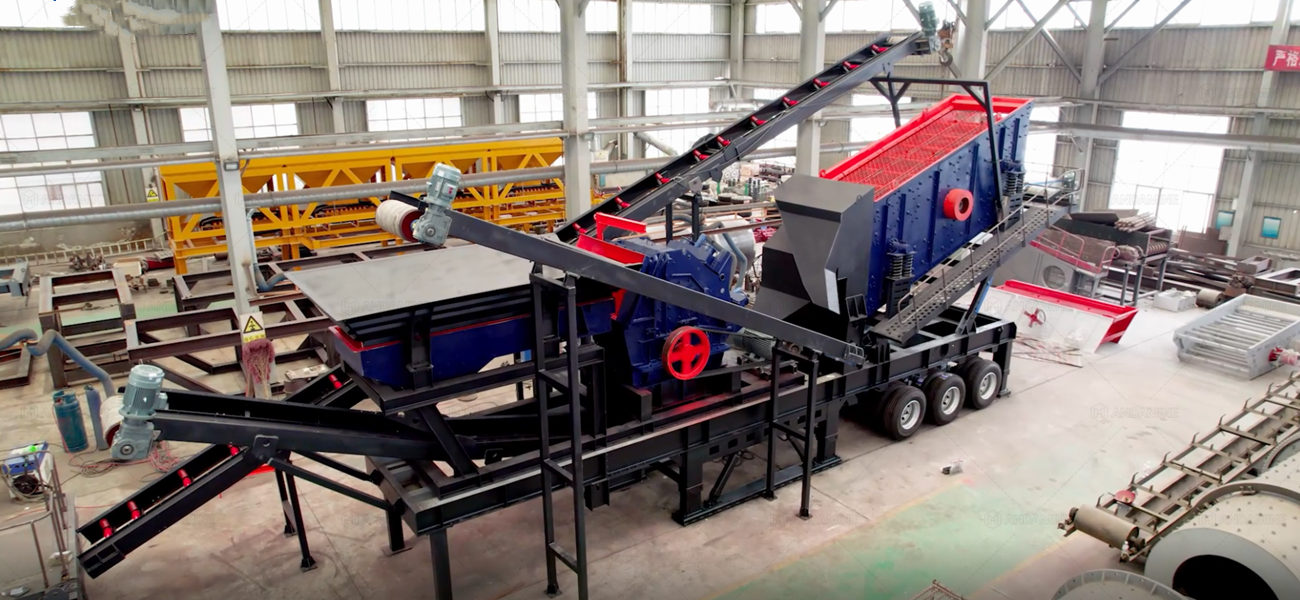The gravel crushers as heavy duty machines designed to break down large rocks or gravel into smaller, uniform-sized aggregates. They play an important role in aggregate producing and other part of modern construction, mining and infrastructure projects. Whether you want to purchase it for your own project or sell it to others, learn about how the gravel crusher work is important.
Core Working Principles: A 5-Stage Process
Here shows you the core working principles which contains 5 stage process. This transform raw gravel to precision aggregates.
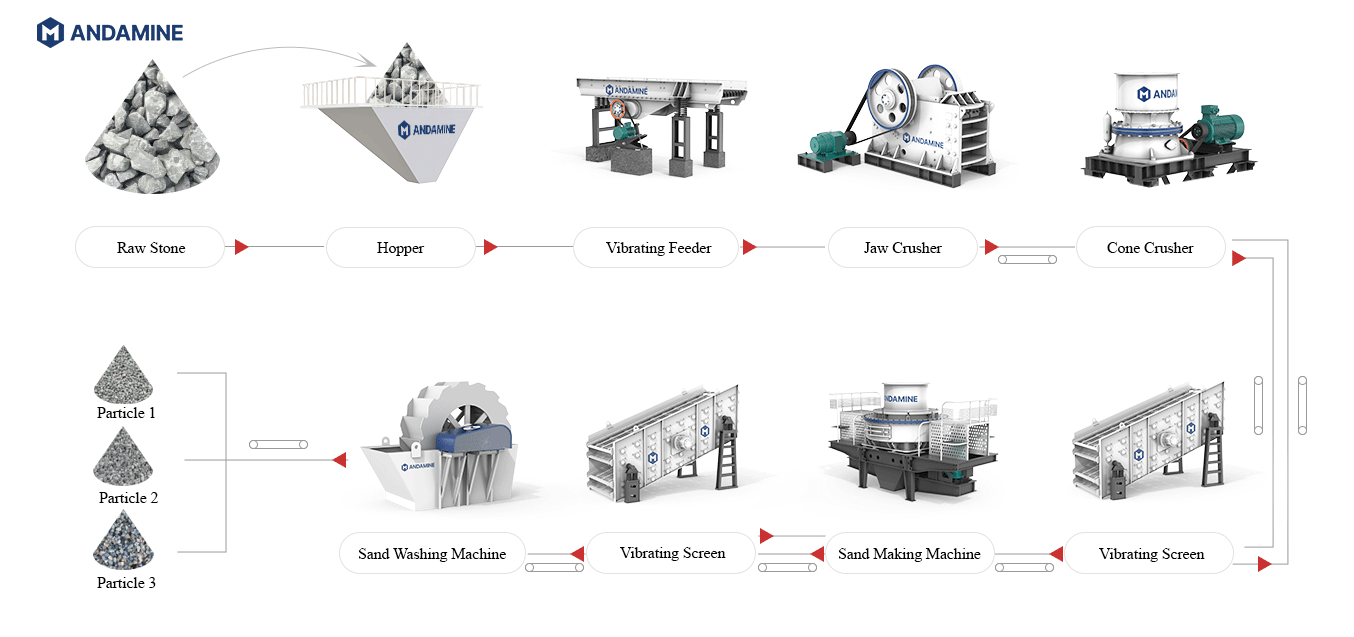
1 Feeding Raw Material
The raw material, such as rocks or stones, is fed into the crusher through a vibrating feeder or a conveyor belt. The material is typically loaded into the primary crusher’s hopper.
2 Primary Crushing: Breaking Down the Bulk
Process: Raw gravel is fed into the crusher via a vibrating feeder, ensuring consistent material flow.
Key Equipment: Jaw Crusher
Utilizes powerful compressive force to fracture large rocks (up to 1.5m diameter) into coarse fragments (50-150mm). Adjustable jaw gaps control initial output size for downstream processing.
3 Secondary Crushing: Refining for Consistency
Process: Coarse aggregates are transferred to the next stage for further size reduction.
Key Equipment: Cone Crusher or Impact Crusher
Cone crushers grind materials between a rotating mantle and concave liner, producing mid-sized particles (20-50mm). Impact crushers use high-speed hammers to shatter rocks, ideal for softer materials.
4 Tertiary Crushing & Screening: Precision Shaping
Process: Optional fine crushing followed by screening to segregate aggregates by size.
Key Equipment: Vertical Shaft Impact Crusher + Vibrating Screens
Vertical shaft impact crushers accelerate stones to shape cubical, high-quality aggregates (5-20mm), critical for concrete and asphalt. Multi-deck screens classify materials into precise grades, while integrated dust suppression minimizes environmental impact.
5 Optional Processes & Material Handling
The gravel crushing plant may incorporate additional steps like material washing (to remove impurities) or aggregate blending (to meet gradation specs), with conveyor systems seamlessly transporting materials between crushing, screening, and storage stages.
Each stage of the process progressively reduces material size while optimizing energy efficiency.Modular designs allow flexible configurations based on project needs (e.g., skipping tertiary crushing for road base layers).
Types of Gravel Crushers
The gravel crushers can be divided into different types based on various aspects.
Gravel Crusher Kinds Based on Structure & Usage
There are three main kinds of gravel crusher we provide. The choice among them are based on the project need.
Jaw Crusher: Ideal for Hard & Abrasive Rocks
- Feed particle size: ≤1020mm.
- Production capacity: ≤800T/H
- Processed materials: limestone, basalt, marble, granite, river pebbles, etc
- Application: Jaw crushers are commonly used for primary crushing of large pieces of gravel. They have a simple design and are capable of handling a wide range of materials. A rock jaw crusher gravel can be combined with other crushers in a circuit to achieve the desired particle size.


Cone Crusher: Precision for Uniform End Products
- Feed particle size: ≤300mm.
- Production capacity: 30-500T/H
- Processed materials: crushing medium and high hardness materials such as chrome ore, iron ore, basalt and granite.
- Application: Cone crushers are excellent for secondary or tertiary crushing applications. They produce uniform, cubical-shaped end products and are efficient in crushing hard and abrasive materials. Combining a jaw crusher with a gravel crusher cone can create a highly efficient crushing circuit for gravel.
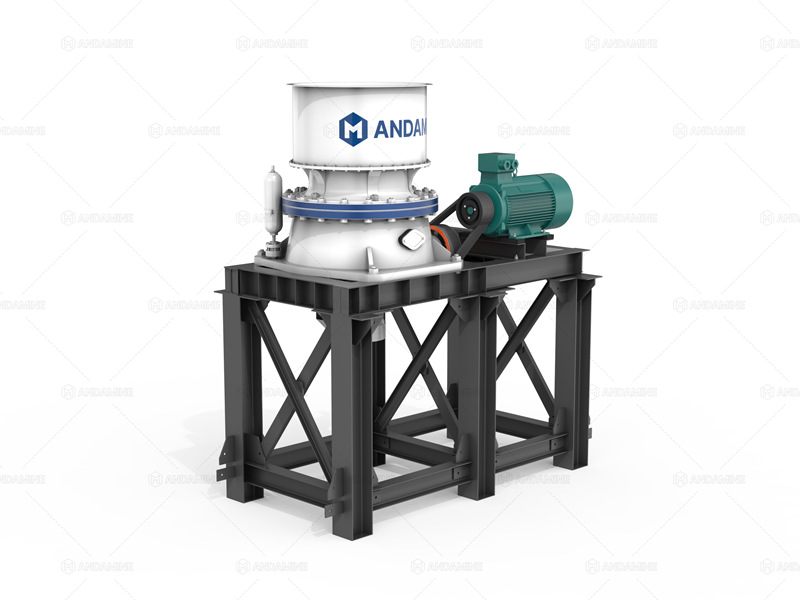

Impact Crusher: Suitable for Softer Materials
- Feed particle size: ≤500mm.
- Production capacity: 37-400T/H
- Processed materials: iron ore, pebbles, basalt, granite, limestone, etc
- Application: Impact crushers are versatile machines that can handle various types of materials, including gravel. They use impact force to crush the material, making them suitable for producing aggregates with a high reduction ratio. Incorporating an impact crusher for gravel into the crushing circuit can improve the shape and size of the final product.

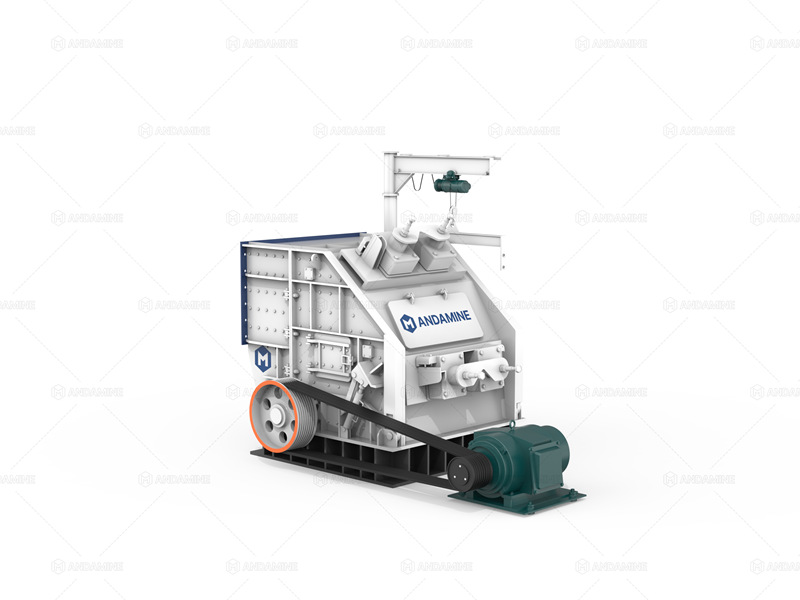
Gravel Crusher Kinds Based on Mobility
Gravel crushers are broadly categorized into stationary and mobile designs, each tailored to specific operational needs. Both types can be customized with jaw, cone, or impact crusher modules.
Stationary Gravel Crusher
The stationary one is ideal for long-term projects with stable material sources and high-volume aggregate production (e.g., highways, industrial plants). It is permanently installed at a fixed site (e.g., quarries, large mining operations). Require foundational concrete bases and external power sources.
- Key Advantages:
- High Capacity: Built for continuous, large-scale production (100–1,200+ tons/hour).
- Precision: Optimized for consistent output quality with minimal size variation.
- Durability: Heavy-duty components ensure long-term reliability in harsh environments.
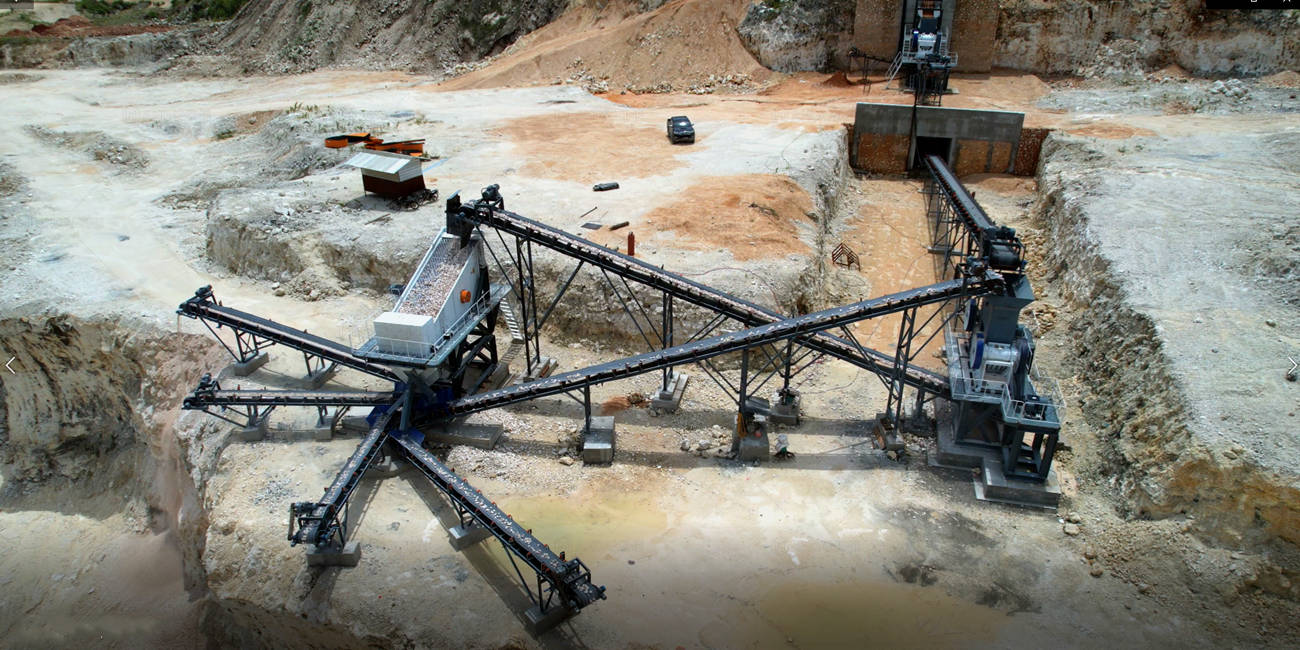
Mobile Gravel Crusher
The mobile one is suitable for short-term or remote projects (e.g., road repairs, small quarries) adn recycling applications (crushing concrete/asphalt on-site). Mounted on crawler or wheel chassis for easy relocation.
- Key Advantages:
- Flexibility: Move directly to the material source, reducing transport costs.
- Quick Deployment: Operational within hours, ideal for tight deadlines.
- Compact Footprint: Suitable for confined spaces (e.g., urban construction sites).
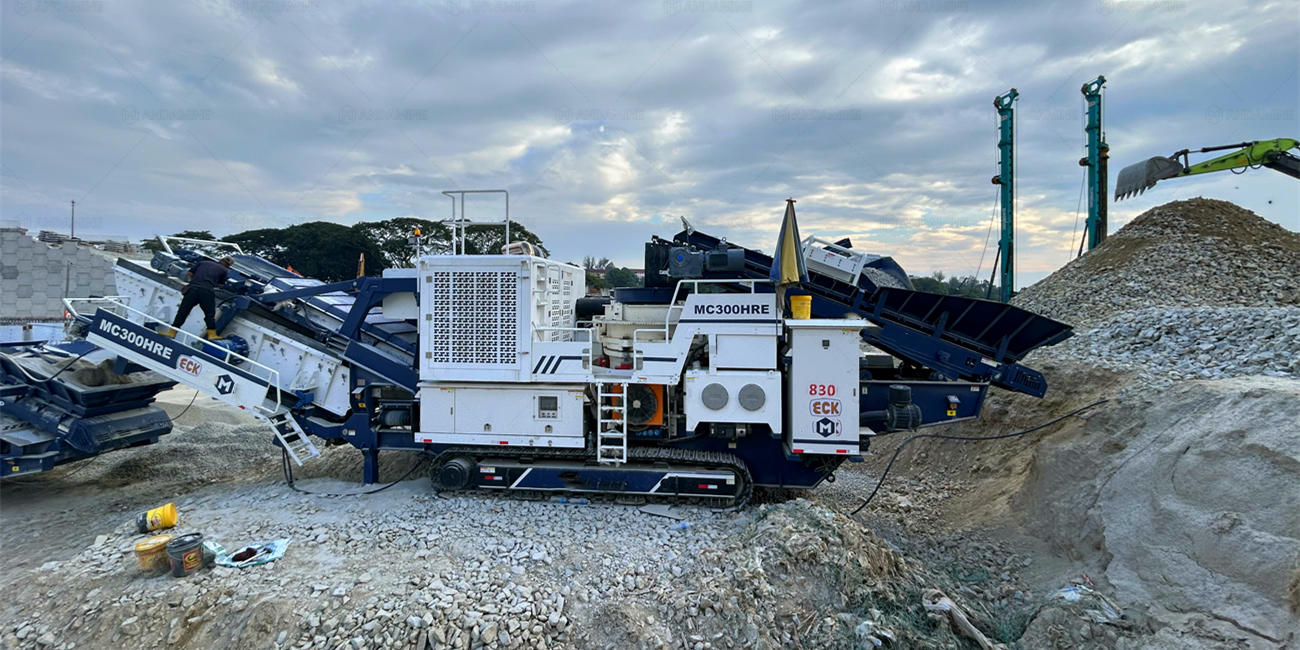
Andamine’s mobile crushing plant features one-touch start with dual PLC/button controls and integrated feeding, crushing & screening for efficient, cost-effective operation.
Opt for a stationary crusher if your project demands maximum output, long-term operation, and precise control. Choose a mobile crusher for flexibility, reduced logistics, and projects requiring frequent relocation.
Maintenance for Maximizing Uptime and Extending Equipment Life
Gravel crushers endure extreme stress from abrasive materials and heavy workloads. Regular maintenance isn’t just a recommendation—it’s a cost-saving necessity. Proper care can boost productivity by up to 30% and prevent costly breakdowns. Here’s how to keep your crusher running like new:
Routine Maintenance Essentials
A. Lubrication:
Reduces friction, prevents overheating, and extends bearing/gear life.
Action:
Use high-temperature grease for jaw crusher bearings.
Check hydraulic oil levels weekly (for cone/VSI crushers).
B. Wear-Part Replacements
Critical Components: Mantles, concaves, liners, hammers, and screen meshes.
Signs to Watch:
Decreased output size consistency.
Unusual vibrations or noise during operation.
C. System Inspections
Daily Checks: Belt tension, hydraulic leaks, and fastener tightness.
Monthly Deep Clean: Remove built-up dust/debris from motors and radiators.

Optimization Tips for Peak Performance
Avoid Overloading:
Exceeding crusher capacity strains motors and accelerates wear.
Use a feed hopper with level sensors for automated material flow control.
Use Genuine Parts:
Third-party components may save costs upfront but often fail prematurely, increasing downtime.
Our OEM parts are precision-engineered for perfect fit and durability.
Monitor Crusher Settings:
Adjust jaw gaps or rotor speeds seasonally to match material hardness (e.g., winter vs. summer gravel).
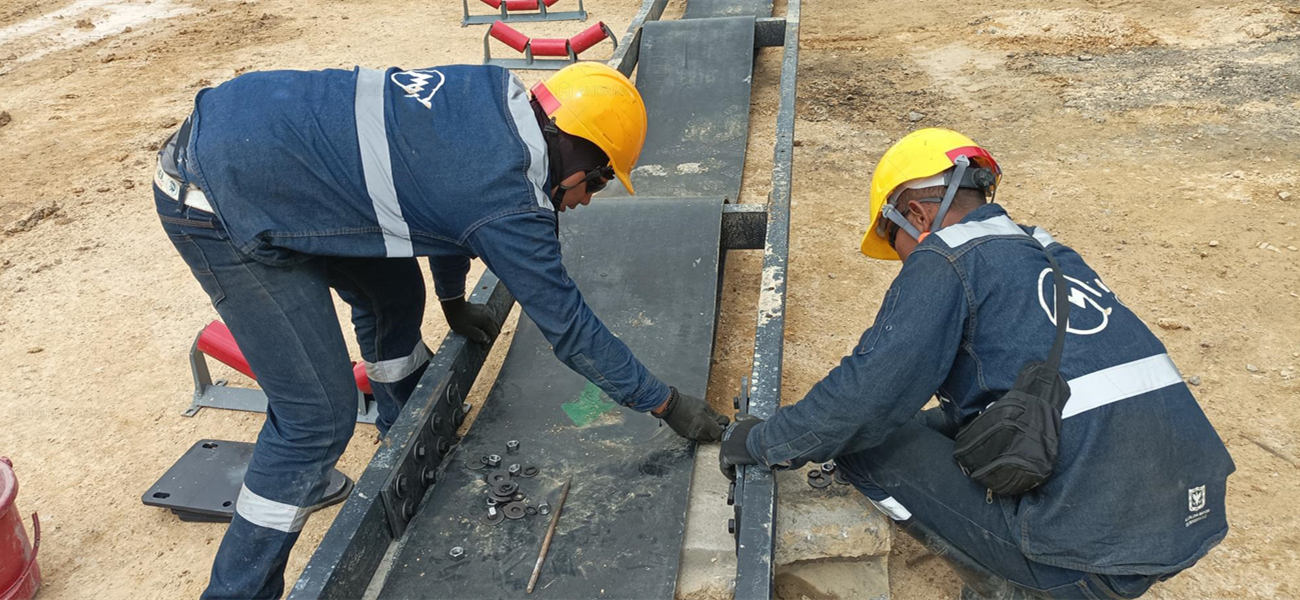
Our Maintenance Advantage
We don’t just sell crushers—we partner in your success: Andamine four in one mobile gravel crusher features an IoT remote monitoring system that enables real-time performance tracking, automatic maintenance alerts, and reduced downtime – ensuring optimal operation with proactive care.
